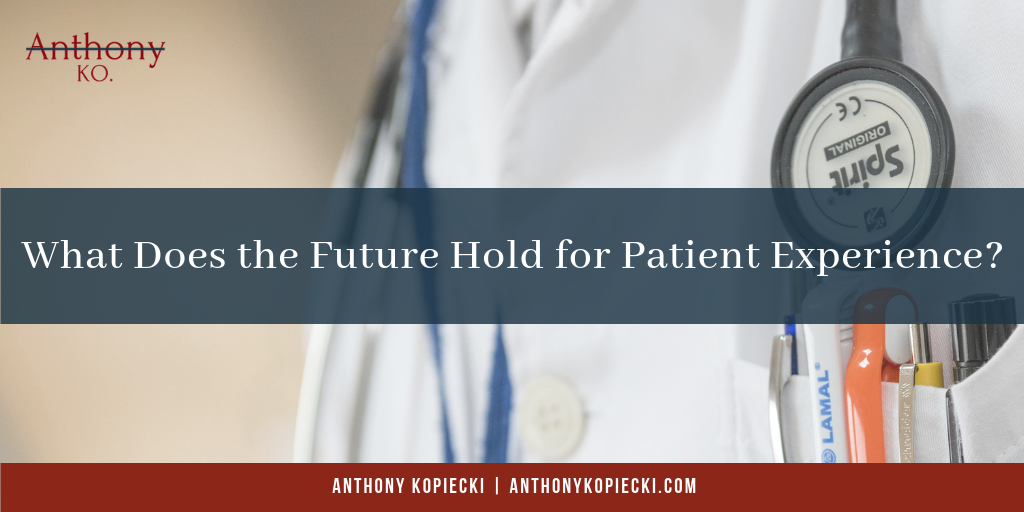Healthcare facilities all over the country are starting to think about the patient experience on a company level. Top “C-suite” executives are curious about how patients experience their organizations and what kind of care they receive, in a way that they did not examine closely in the past. It is a good sign that healthcare leaders are starting to think about how the two factors can impact their hospitals and other medical facilities. Over the past few years, numerous metrics have demonstrated an increase in the importance of the patient experience and a need for organizations to adjust accordingly. Healthcare IT News tapped some of the biggest leaders in the industry to get their thoughts.
Many healthcare organizations like the Advanced Urology Institute are implementing a mandatory integration of Electronic Health Records (EHR). For the institute, the EHR connects directly to the patient experience. For example, a patient portal gives patients time to fill out any necessary information before an office visit. This information is then collected and goes directly to the EHR. Throughout the entire visit and after the visit, patient information is tracked and interfaced with the EHR system. Overall, going electronic offers a better way to organize information and keep the patient happy, focusing on their health concerns rather than filling out forms.
Leaders at Faith Regional Health Services (in Nebraska) and the Urology Institute want to see a more virtual patient experience. This involves a streamlined check-in process that can be completed on a cell phone. Healthcare organizations like Faith Regional currently have staff escorts for patients once they enter the facility. It’s the goal of Faith’s leadership team to add to the consumer experience by offering some type of “digital wayfinding” for visitors as well. Additionally, Uber and Lyft are starting to play a big role in the patient experience, and we will continue to see this grow. Bob Sarnecki, CIO of the Children’s Hospital of Alabama is noticing a trend in this type of patient transport, and the children’s hospital is looking into starting its own program.
Overall, healthcare facilities across the country are continuing to zero in on aspects of the patient experience because of the rise of consumerism within the industry. Organizations will improve the patient experience by increasingly relying on information technology to streamline the check-in process, transition to EHR, and even offer patients rides to their appointments.

